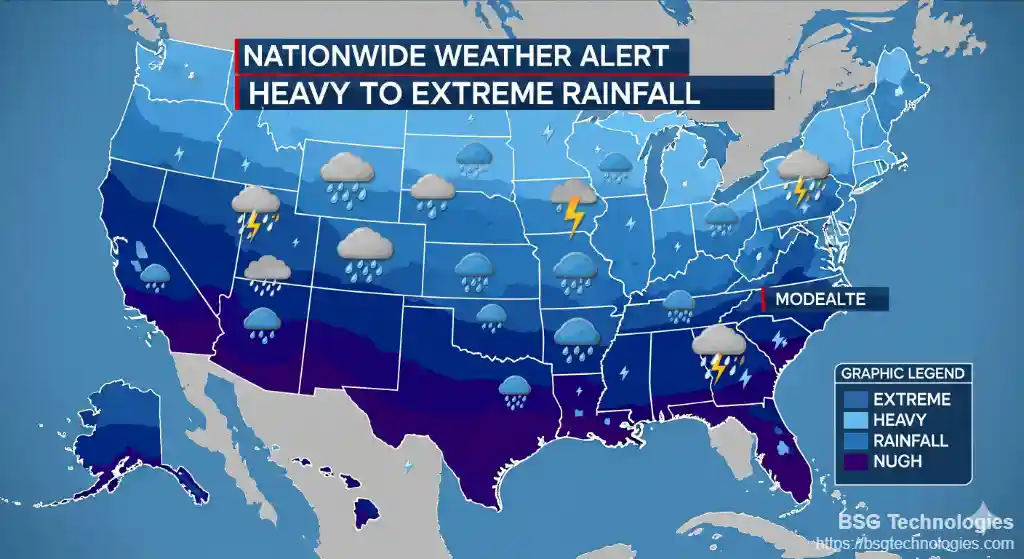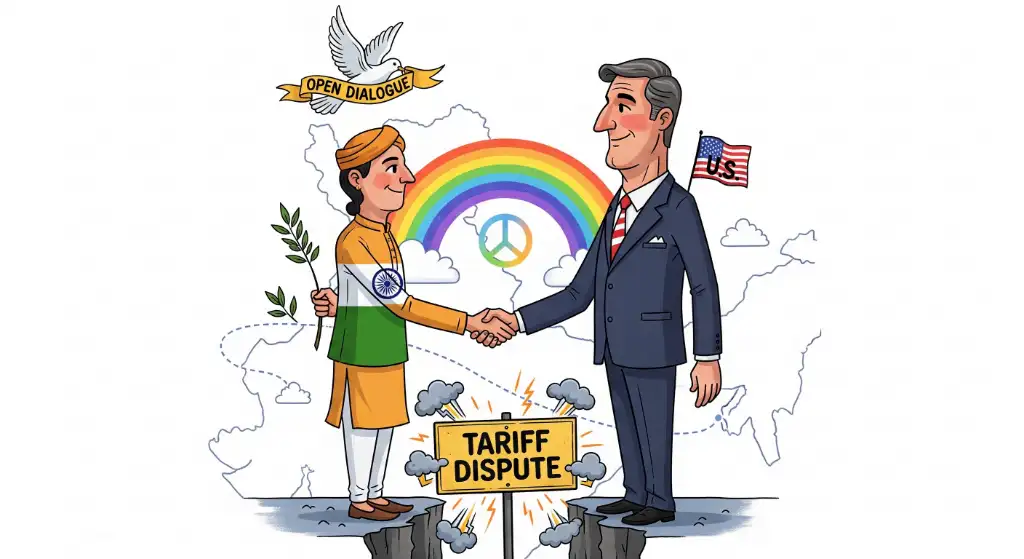The term “Dollar Death” has been increasingly discussed in financial circles and among global investors. It refers to a significant decline or crash in the value of the US dollar, which has far-reaching effects on the global economy. As the world’s primary reserve currency, any sharp depreciation in the dollar can influence trade, inflation, and financial stability worldwide. Understanding the causes and consequences of Dollar Death is crucial for investors, businesses, and policymakers.
What Causes Dollar Death?
Several factors contribute to a falling US dollar, often leading to what is referred to as Dollar Death:
-
Economic Policies: Excessive government spending, high fiscal deficits, or expansive monetary policies like printing more money can weaken the dollar.
-
Inflation: Rising inflation erodes the purchasing power of the dollar, causing it to lose value against other currencies.
-
Global Confidence: The US dollar relies heavily on international trust. Geopolitical instability, political issues, or poor economic performance can reduce global confidence in the currency.
-
Trade Deficits: Persistent trade deficits can weaken the dollar as more dollars flow out of the country to pay for imports than are coming in through exports.
-
Interest Rates: Lower interest rates reduce returns on dollar-denominated assets, making them less attractive to foreign investors, which can lower demand for the currency.
The Global Impact of Dollar Death
When the dollar falls significantly, it affects not just the United States but the entire global economy. Some key impacts include:
-
International Trade: Many commodities, including oil, gold, and raw materials, are priced in US dollars. A weaker dollar makes imports more expensive and can increase the cost of living globally.
-
Emerging Markets: Countries with debts denominated in dollars face higher repayment costs when the dollar strengthens or falls unpredictably. This can lead to financial crises in developing nations.
-
Investment Shifts: Investors may move away from dollar assets, such as US bonds, into alternative currencies or commodities, impacting global investment flows.
-
Inflation: A declining dollar can trigger higher import prices, contributing to inflation, which affects consumers worldwide.
Historical Examples of Dollar Decline
The history of the dollar includes several periods of sharp depreciation. For instance, in the 1970s, the US faced high inflation and economic stagnation, leading to a significant decline in the dollar. More recently, periods of quantitative easing and massive government spending have raised concerns about potential future Dollar Death scenarios.
How to Protect Yourself from Dollar Death
Investors and businesses can take measures to reduce the risks associated with a falling dollar:
-
Diversify Investments: Holding assets in multiple currencies or investing in commodities like gold can help hedge against dollar risk.
-
Foreign Currency Accounts: Businesses with international operations can maintain accounts in foreign currencies to reduce exposure to dollar volatility.
-
Invest in Strong Economies: Allocating investments to countries with stable economies and currencies can protect against losses from a declining dollar.
-
Monitor Economic Indicators: Keeping an eye on inflation, interest rates, and global trade balances can help predict potential dollar declines.
The Future of the Dollar
While Dollar Death is a concerning scenario, the US dollar still retains its position as the world’s primary reserve currency due to its stability, liquidity, and widespread use in global trade. However, emerging alternatives such as the Euro, Chinese Yuan, and digital currencies are gaining traction. Policymakers and investors must stay vigilant to mitigate the risks associated with significant dollar depreciation.
Conclusion: Why Understanding Dollar Death Matters
Dollar Death is more than just a financial term; it represents a potential economic shift with global consequences. From inflation and trade disruptions to investment risks, the ripple effects of a falling dollar can touch every part of the global economy. By understanding the causes, impacts, and protective strategies, individuals, businesses, and governments can better prepare for a future where the dollar’s value may face serious challenges.





